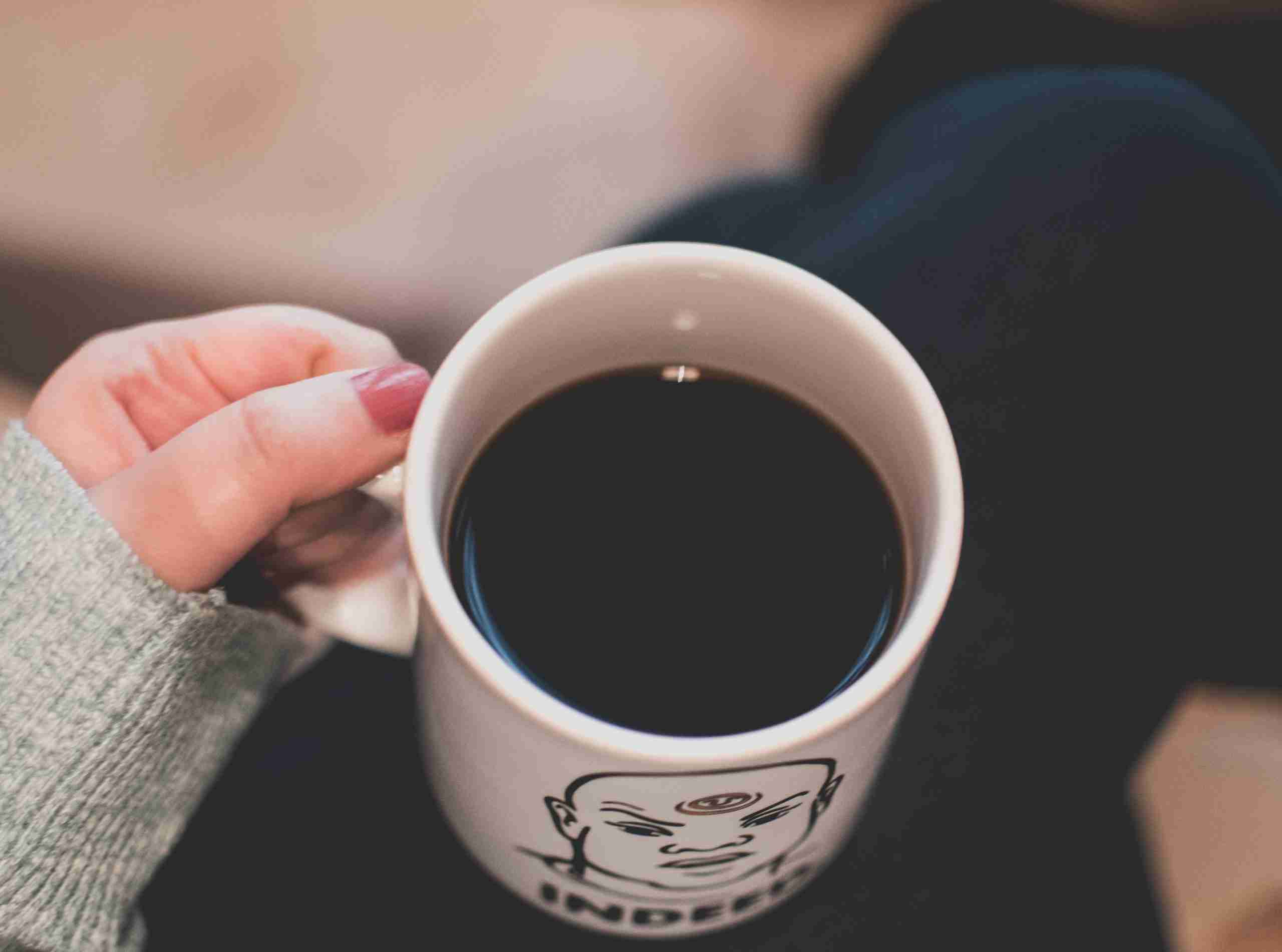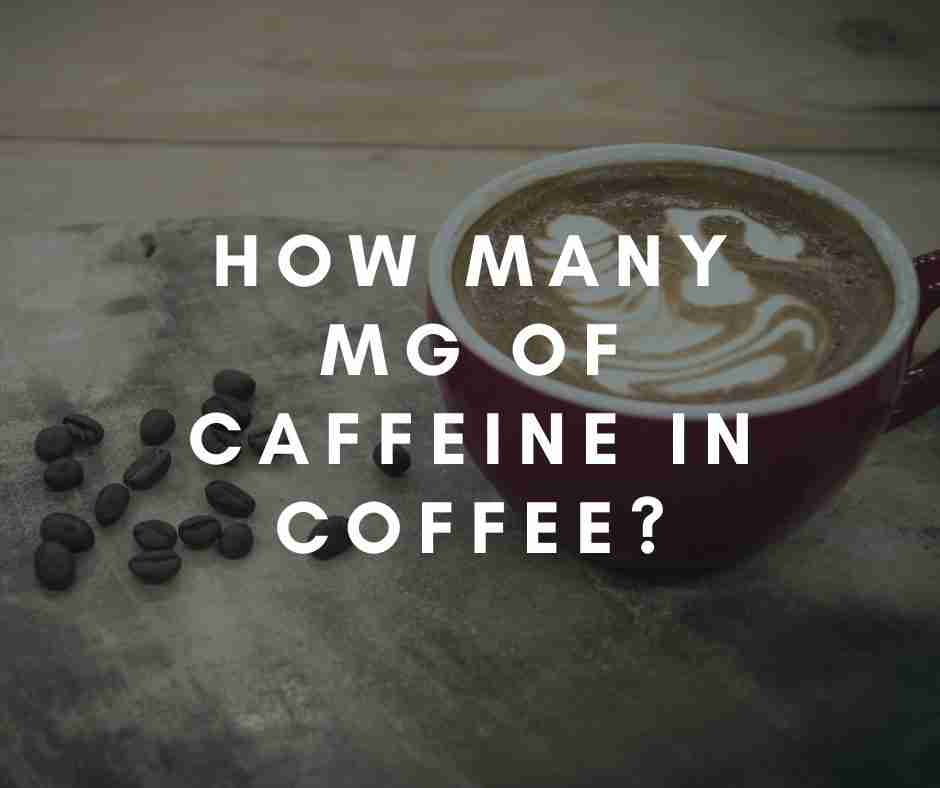
With over 2.25 billion cups of coffee consumed each day, it has become one of the primary sources of caffeine in our diet. Let’s be honest – coffee can be a potent potion for daily functioning or can turn into an unhealthy addiction, depending on the dose of caffeine it offers. Thus, it is necessary to quantify the amount of caffeine in our servings.
An average cup of coffee (8 oz) contains 95 mg of caffeine.
However, the caffeine content varies considerably from 2-3 mg to over 400 mg per serving.
The amount of caffeine also varies depending on several factors, such as the type of coffee beans, brewing methods, and serving size.
This article is a comprehensive guide for calculating your caffeine servings. In this article, we will discuss how caffeine content varies among different coffee types, brewing methods, and brands.
What is Caffeine?
Caffeine is a natural stimulant found in seeds, nuts, and leaves of several plants such as tea, coffee, and cocoa. The coffee bean is one of the most well-known sources of caffeine.
Caffeine alerts us with a jolt of energy and also prevents drowsiness.
80% of the world population consume a caffeinated product each day.
The Good And Bad Of Caffeine in Coffee
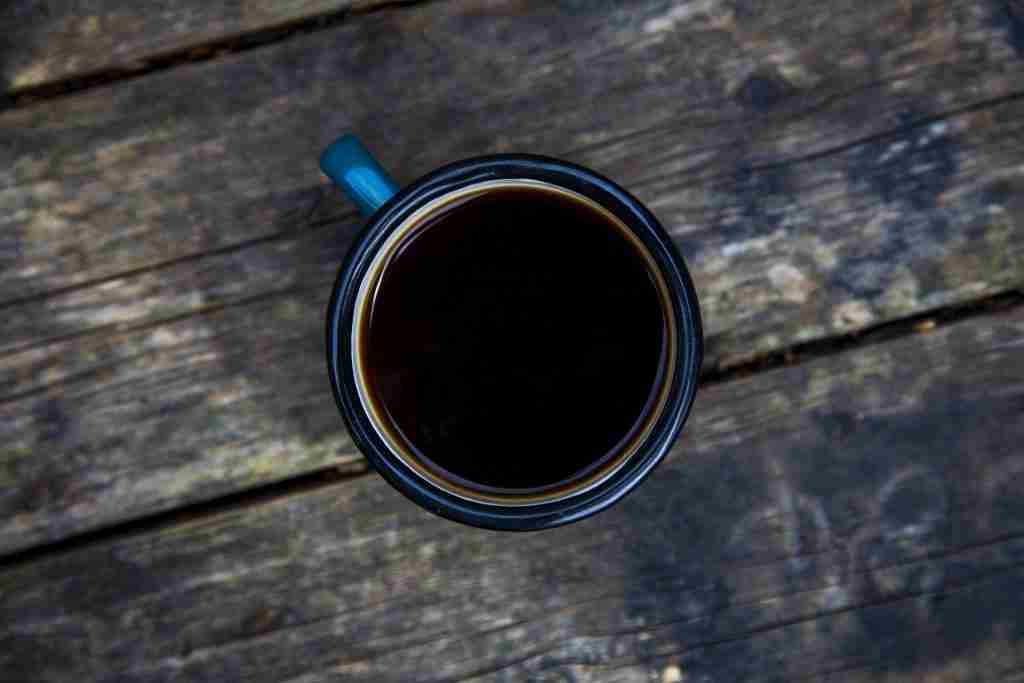
Caffeine is present in most dietary products including chocolates, puddings, ice creams, and breakfast cereals. This list is never ending, and yet people primarily choose coffee to acquire their dose of caffeine. Why is that?
Coffee is often under scrutiny because it gives a higher dose of caffeine than others. It is also the biggest source of caffeine in our diet.
The Good
Coffee has a small number of minerals and vitamins such as Manganese, Potassium, Magnesium, Phosphorus, Vitamin B2, B5, B1, and B3. These small amounts can add up and thus, contribute to your daily nutrient intake.
Coffee is abundant in antioxidants. Drinking coffee is often linked to reducing the risks of several deadly diseases such as Alzheimer’s, Parkinson’s, Type 2 Diabetes, liver ailments, and depression.
The caffeine content present in our coffee enhances brain functioning and improves metabolism.
Some studies also suggest that it increases life expectancy by lowering the risks of various diseases, such as depression.
The Bad
The negative effects of coffee depend on your individual habits. For instance, if you drink a pot of coffee every day, it will surely harm you.
Excessive consumption of coffee leads to jitteriness, anxiety, heart palpitations, and even panic attacks.
Caffeine also disrupts sleep cycles and can lead to anxiety.
The most dreaded effect of caffeine is addiction. When caffeine is consumed excessively, our body becomes tolerant to it. Thus, to experience the same jolts, higher doses are required. This results in permanent addiction.
If you suddenly avoid drinking coffee you may experience withdrawal symptoms such as headaches, exhaustion, brain fog, and irritability.
Needless to say, coffee is a double-edged sword. When taken in the right amounts, it offers pleasant benefits, but when consumed beyond a threshold, it can prove to be a health hazard.
So, how do you set a limit for your coffee consumption?
Well, it depends on each individual. Some people are sensitive to caffeine, while others are highly tolerant to it.
According to the FDA, 400 mg of caffeine per day, which translates to 4-5 cups of coffee, is considered safe for consumption.
How Many mg of Caffeine is in Coffee?
Various determinants decide the caffeine content in our coffee, including types of coffee beans, brewing methods, and serving size. Let’s jump right into their details.
Caffeine Content Depending on Coffee Beans
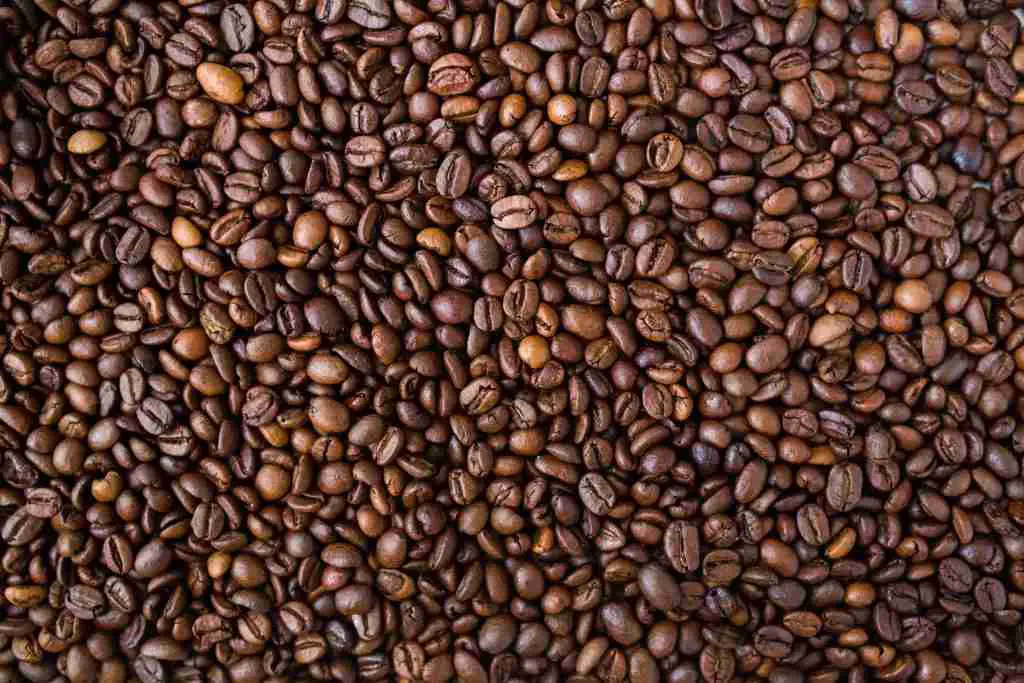
Coffee beans have the highest concentration of caffeine in the entire coffee plant. Coffee beans significantly differ in their caffeine concentration, too.
Among more than hundred different varieties, the four primary types of coffee beans are Arabica (Coffea arabica), Robusta (Coffea canephora), Liberica (Coffea liberica), and Excelsa (Coffea liberica var. dewevrei).
Amongst these, Arabica and Robusta are the most popular coffee beans, dominating over 98% of the worldwide coffee market.
Arabica
Arabica beans have a reputation of being less acidic. They possess a delicate flavor and are sweeter, having tons of sugar, fruit, and berries. Even though these beans have a considerably higher cost, customers do not hesitate to cough up the extra dough for their unique taste.
These oval-shaped beans contain an average of 1.2 – 1.5 g of caffeine per 100g (3.5 oz).
Robusta
On the global production index, these beans are in second position. The name of this bean is a true replication of its flavor.
Robusta is popular in the strong coffee culture owing to its bold and dominant flavor. These beans are circular shaped and have a peanutty aftertaste. Robusta is highly preferred for instant coffee, due to its affordable price.
Robusta is highly caffeinated containing 2 – 2.7 g of caffeine per 100g (3.5 oz).
Liberica
Liberica beans are the rarest variety of coffee in the world. They almost vanished from the market due to a plant disease known as ‘coffee rust.’ USA’s steep sanctions on the Philippines also played a huge role in downsizing its popularity.
These teardrop-shaped beans have a complex flavor profile with a notorious full-bodied ‘woody’ taste.
Liberica has the lowest caffeine concentration of 1.23g per 100g (3.5oz).
Excelsa
Excelsa beans possess a mysteriously mixed flavor. These beans possess a sharp taste, which is suitable for light roast coffee, and fruity flavors that favour dark roasts. This amalgamation makes their flavor unique. These teardrop-shaped beans belong to the Liberica family.
Excelsa beans have a caffeine concentration similar to its family bean, Liberica.
Caffeine Content Depending on Brewing Methods
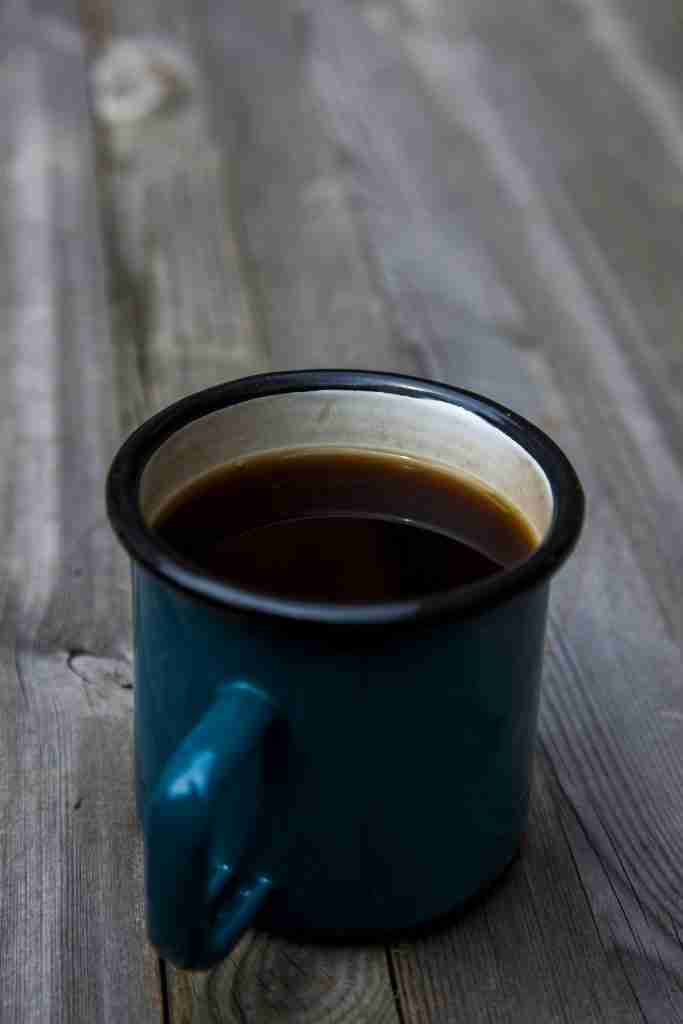
Whether you filter the coffee by pouring hot boiling water over finely-ground beans or you force a small amount of hot water through finely-ground beans, the brewing method has a significant impact on caffeine concentration.
90% of caffeine content is estimated to extract within the first minute of brewing. So, brewing is an important determiner in caffeine counts. Let’s dig deeper into the varying caffeine counts.
Regular Coffee
Regular coffee aka brewed coffee is amongst the most popular brewing methods.
Brewed coffee involves pouring hot boiling water onto finely ground coffee beans. The water then passes through a filter while absorbing the coffee flavors, and sits in the cup.
This can be done using a filter, percolator, or a French press.
8 oz of brewed coffee contains 70 – 150 mg of caffeine or about 95 mg on average.
Espresso
Espresso is an Italian-origin brewing method. This method involves forcing a small amount of nearly boiling water through finely-ground coffee beans. Coffee made with this method is thicker and has a creamy consistency. Espresso can be made using a wide variety of coffee beans and roast levels.
Espresso has a higher caffeine count as compared to regular coffee and thus, their servings tend to be smaller.
A single shot of espresso (1 – 1.75 oz) has 63 mg of caffeine dissolved in it.
Espresso-based drinks such as lattes, cappuccinos, macchiatos, and americanos are prepared by mixing espresso shots with different types of milk in varying amounts. As milk is void of caffeine, these drinks have caffeine counts similar to a straight espresso.
Instant Coffee
As the name suggests this method doesn’t require any brewing.
Instant coffee is made by adding hot water to spray-dried or freeze-dried coffee crystals. Its powder is obtained from brewed coffee beans.
Instant coffee has lower caffeine concentrations.
A typical cup of instant coffee has roughly 30 – 90 mg of caffeine. On average, an 8 oz cup of instant coffee has 62 mg caffeine.
Cold Brew
People often confuse cold brew with iced coffee.
Iced coffee involves serving brewed coffee over ice. Also, it uses hot water, which is instantly chilled over ice.
On the other hand, cold brew is made by mixing medium to coarsely ground coffee with cold water, and steeping the mixture in the fridge overnight.
A typical cup (8 oz) of cold brew coffee contains 83 mg of caffeine.
Decaffeinated Coffee (Decaf)
Adding a prefix doesn’t make this coffee completely caffeine-free. So, how much caffeine in decaf coffee?
A 250 ml decaf serving contains 6 mg of caffeine, which translates to 2.4 mg per 0.7 oz.
Decaffeinated coffee has minimal caffeine concentrations as compared to others.
Trending hashtags such as #DeathBeforeDecaf indicates decaf coffee’s unpopularity among coffee lovers due to its lower caffeine boosts.
However, decaf coffee is a boon for people who are caffeine-sensitive, but still wish to enjoy the wonder beverage that is coffee.
Coffee beans are subjected to chemical solvents to rinse off their caffeine content. The process of rinsing coffee beans is continued until the beans become at least 97% caffeine-free. These beans are then used for making decaffeinated coffee.
The decaffeinated methods are –
- Organic solvent process (direct)
- Organic solvent process (indirect)
- Swiss Water process
- Supercritical CO2 process
- Triglyceride process
Every country has its laws to classify coffee beans under the decaffeinated category. Caffeinated beans in the U.S are 97% caffeine-free. Decaffeinated coffee beans in Canada are 99.7% caffeine-free. Australian, New Zealand, and European decaf beans are 99.9% caffeine-free.
Caffeine Content Of Popular Coffee Brands
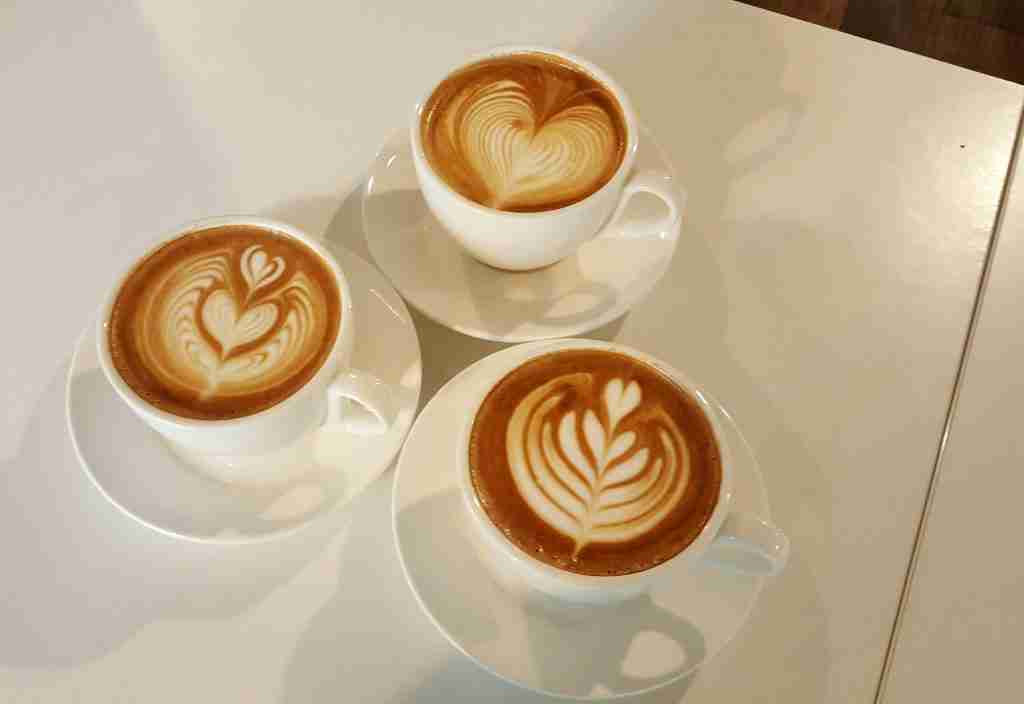
Coffee chains have estimates of caffeine concentrations mentioned on their products.
Some brands have more caffeine in their products than others, while some have notoriously large cup sizes. Let us have a close look at the caffeine concentration of different beverages from different coffee shops.
Starbucks
Starbucks is one of the most popular coffee chains in the world, and they open at least four outlets every day, across different locations.
They offer beverages in four different sizes – Short (8 fl oz), Tall (12 fl oz), Grande (16 fl oz), and Venti (20 fl oz)
Starbucks also has some of the highest caffeinated coffees among its competitors.
The caffeine count of a Tall cup (12 oz) of some of their beverages is listed below –
- Pike Place Brewed Coffee – 235 mg
- Brewed Decaf Coffee – 20 mg
- Espresso (solo) – 75 mg
- Caffè Latte – 75 mg
- Caffè Americano – 150 mg
Costa Coffee
Costa Coffee is the largest coffee chain in the UK. They only offer espresso-based beverages.
They offer beverages in three different sizes – Primo (2 shots), Medio (3 shots), and Massimo (4 shots). Their latte beverages offer fewer shots than the rest.
The caffeine breakdown of their medio size beverages is listed below –
- Espresso – 185 mg
- Americano – 277 mg
- Caffè Latte – 185 mg
- Cappuccino – 277 mg
- Iced Mocha – 287 mg
McCafe
McCafe is a coffee shop located within McDonald’s. It offers espresso-based beverages, and their standard brewed coffee.
They offer beverages in four different sizes – Small (12 oz), Medium (16 oz), Large (21-24 oz), X-Large (32 oz).
The caffeine amounts of some of their medium sized beverages are listed below –
- Brewed Coffee – 145 mg
- Brewed Decaf Coffee – 11 mg
- Espresso – 142 mg
- Americano – 142 mg
- Latte – 142 mg
Dunkin’ Donuts
Dunkin’ Donuts is one of the most popular donut franchises across the globe, with 11,300 stores set up in different locations. In the last 2 decades, they have also established themselves as a popular coffee chain.
They offer beverages in four different sizes – Small (10 oz), Medium (14 oz), Large (20 oz), Extra-large (24 oz)
The caffeine content of some medium-sized Dunkin beverages is listed below –
- Brewed Coffee – 210 mg
- Brewed Decaf Coffee – 10 mg
- Cappuccino – 166 mg
- Americano – 284 mg
- Latte – 166 mg
Caffeine Amount Depending On Roasts
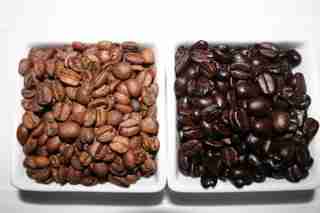
Roasting is the process of heating coffee cherry seeds to enhance their flavor and aroma. Most importantly, it is done to increase the solubility of the beans.
The roasted coffee beans contain a little less caffeine than the green cherry seeds. However, the amount of caffeine in both, light and dark roast beans, remains the same.
However, a cup of dark roast coffee contains more caffeine than the light roast.
This is because, during the roasting process, the darker roast beans lose mass and become smaller. However, the caffeine content remains the same.
Due to reduced mass and smaller size, the number of dark roast beans required to make coffee increases. More the number of beans, higher the caffeine concentration.
Thus, dark roast coffee contains more caffeine than light roast coffee.
In a Nutshell
Coffee is one of the most popular beverages in the world, as it relishes our taste buds and
provides numerous health benefits.
How much caffeine in coffee is considered appropriate?
The answer to this question varies considerably, depending on several factors such as types of beans, brewing methods, roasts, and serving size.
Coffee can give you pleasant health benefits or cause numerous problems, depending on your consumption of it. Ultimately, it all boils down to the amount of caffeine ingested.
Thus, we should be conscious of our coffee habits, and measure the caffeine intake in our diet to enhance our lifestyle.
In this world where every calorie counts, why not count our coffee consumption, as well?

